Disclosure: This article contains affiliate links. We may earn a commission from purchases at no extra cost to you, which helps our travel content.
After three decades of exploring urban landscapes across four continents, I've developed something of a sixth sense for distinguishing between a city's curated façade and its beating heart. Berlin, perhaps more than any European capital, defies simple categorization—a metropolis perpetually in flux, where history and futurity collide on every corner. While the average visitor dutifully photographs the Brandenburg Gate and queues for the Reichstag dome, the authentic Berlin unfolds in neighborhoods where tourists rarely venture. Having just returned from my fourth extended stay in this captivating city (this time with my magnifying glass trained on its architectural anomalies and geological underpinnings), I'm compelled to share these lesser-traveled districts where Berlin's true character—complex, contradictory, and utterly compelling—reveals itself to those willing to stray from the well-worn path.
Moabit: The Island of Resilience
Encircled by the Spree River and the Berlin-Spandau Ship Canal, Moabit exists as a literal and figurative island within Berlin's urban fabric. During my recent three-day exploration of this neighborhood, I found myself repeatedly struck by its remarkable resilience. Historically a working-class district that absorbed waves of immigration while weathering both Imperial and Cold War politics, Moabit today presents a compelling study in urban evolution.
Begin your exploration at Arminius Markthalle, a 19th-century market hall where the original wrought-iron architecture frames modern food stalls. I spent a delightful morning sketching the structural details while sampling käsespätzle that rivaled any I've tasted in southern Germany. The nearby Kleine Tiergarten provides a leafy respite, though it bears little resemblance to its famous namesake.
For those interested in judicial architecture (a professional curiosity of mine), the imposing Moabit Criminal Court represents a fascinating example of authoritarian design principles. Its corridors have witnessed some of Germany's most significant trials, including those of the Red Army Faction members in the 1970s.
Moabit's true character emerges along Turmstraße, where Turkish grocers neighbor Vietnamese restaurants and century-old German konditorei. This is Berlin at its most authentic—multilayered, pragmatic, and utterly unpretentious.
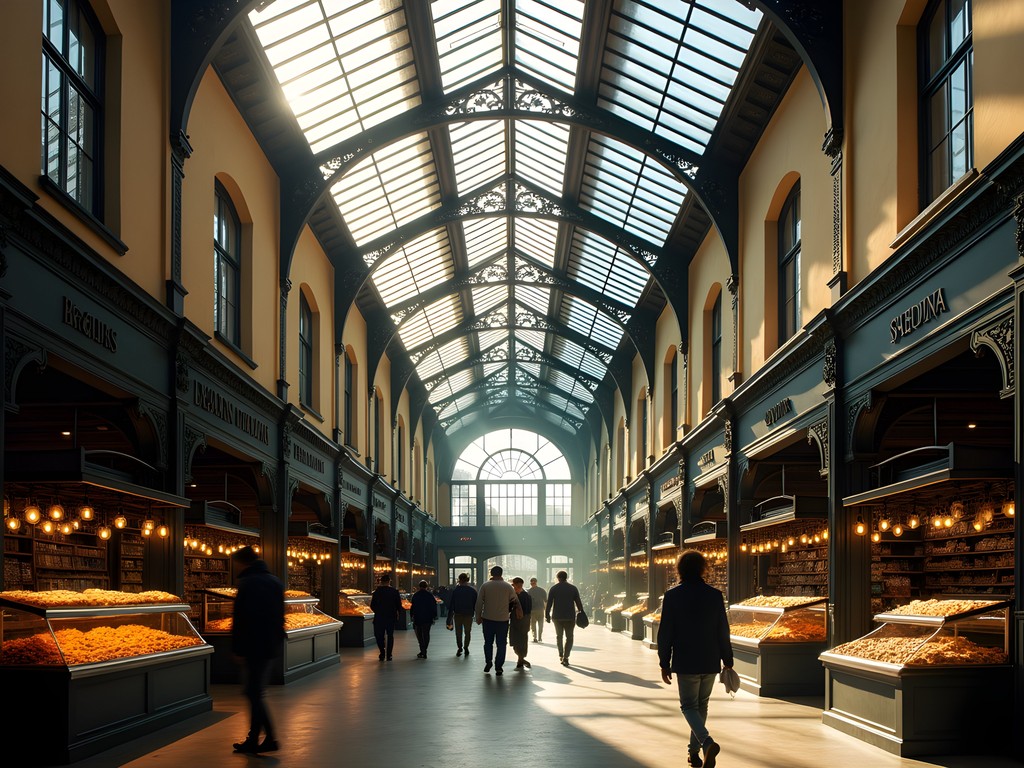
💡 Pro Tips
- Visit Arminius Markthalle on Thursday evenings for live music and extended food stall hours
- The small Dorotheenstädtischer Cemetery houses the graves of Brecht and Hegel for a quiet moment of reflection
- Café Moabit on Emdener Straße serves excellent coffee in a space frequented by locals rather than tourists
Rixdorf: Bohemian Village Within a Metropolis
Tucked within Neukölln lies Rixdorf, a neighborhood that feels impossibly removed from Berlin's urban intensity. Originally a Bohemian village established by religious refugees in the 18th century, Rixdorf maintains an almost bucolic quality that stopped me in my tracks during an otherwise ordinary afternoon walk.
The heart of historic Rixdorf centers around Richardplatz, where cobblestone streets lead to half-timbered buildings that somehow survived both World War bombing campaigns and subsequent urban renewal projects. The Bethlehemskirche, dating from 1737, stands as a testament to the area's Bohemian Protestant heritage.
During my visit, I spent hours documenting the architectural anomalies—buildings that tell the story of rural-to-urban transition in physical form. For geology enthusiasts like myself, the subtle changes in elevation here (unusual for notoriously flat Berlin) reveal ancient glacial formations that shaped the region's landscape.
The neighborhood's creative spirit manifests in unexpected venues like the Werkstatt der Kulturen, which hosts music from across the global diaspora, and in the community gardens that punctuate the area. I found myself particularly enchanted by Comenius Garden, a hidden philosophical garden that invites contemplation through its thoughtful design.
For student travelers, Rixdorf offers affordable culinary options that reflect its diverse heritage. I recommend carrying a compact travel journal to document your impressions—this neighborhood inspires reflection that you'll want to capture.
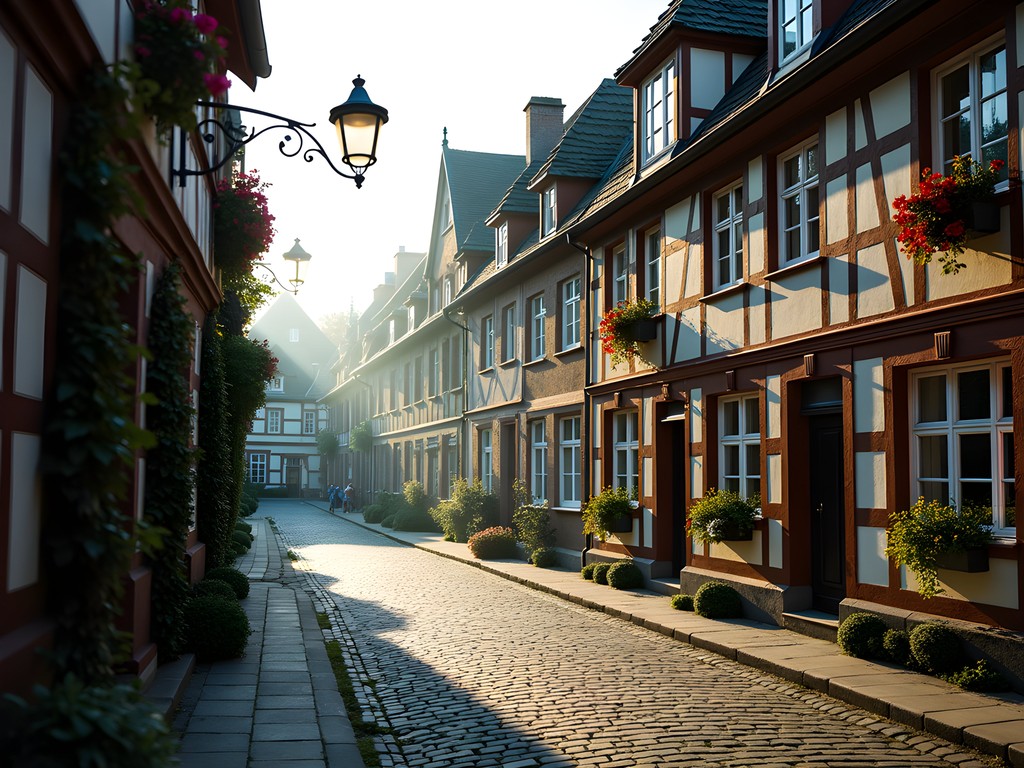
💡 Pro Tips
- Visit during the second Advent weekend in December for the famous Rixdorfer Weihnachtsmarkt (Christmas market) featuring traditional Bohemian crafts
- Look for the historic blacksmith's shop (Schmiede) on Richardplatz which still occasionally operates for demonstrations
- The community bulletin boards around Richardplatz often list local events not found in tourist guides
Westend: Architectural Time Capsule
When my legal colleagues in Berlin heard I was staying in Westend, their reactions ranged from surprise to mild confusion—this leafy residential district rarely features on any tourist's itinerary. Yet for those with an appreciation for architectural history and urban planning, Westend presents a fascinating case study in German suburban development.
Named aspirationally after London's upscale district, Berlin's Westend emerged in the late 19th century as a garden suburb for the affluent bourgeoisie. Today, walking its quiet streets reveals a remarkable collection of Jugendstil (Art Nouveau) and early Modernist villas that escaped significant war damage. During my week-long exploration, I documented over thirty exceptional façades that would merit landmark status in most cities.
The neighborhood centers around Theodor-Heuss-Platz (formerly Reichskanzlerplatz), whose urban design reflects changing political ideologies through successive renamings and reconstructions. Nearby, the Olympic Stadium and its surrounding complex offer a problematic but important window into Nazi architectural propaganda—the tension between aesthetic appreciation and historical context creates a thought-provoking experience.
For students of architecture or history, I recommend bringing a quality camera to document the remarkable details on building façades. My own documentation project benefited immensely from the optical zoom capabilities when capturing ornate elements on upper floors.
Westend's café culture tends toward the traditional rather than the trendy. Café Heuss on Reichsstraße provides an excellent vantage point for people-watching while enjoying remarkably affordable pastries. The nearby Brixplatz features a small nature park intentionally left wild—an unexpected pocket of biodiversity worth exploring.
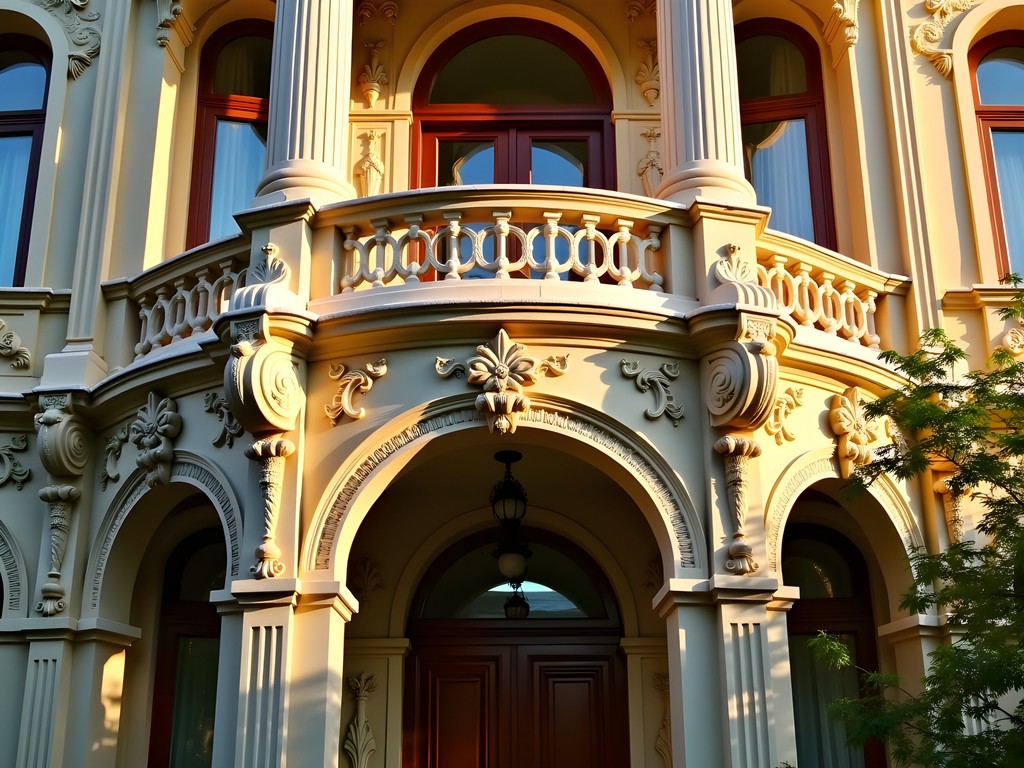
💡 Pro Tips
- Visit the Max Liebermann Villa by Wannsee if you're interested in the area's artistic heritage
- The Corbusierhaus on the district's edge represents an important example of Modernist mass housing worth visiting for architecture enthusiasts
- Take the M45 bus for an excellent architectural tour of the neighborhood without the walking
Wedding: Industrial Heritage Reimagined
Wedding exemplifies Berlin's capacity for reinvention. Once a center of heavy industry (the iconic AEG Turbine Factory designed by Peter Behrens still stands as a modernist masterpiece), this working-class district in former West Berlin now pulses with creative energy while maintaining its unpretentious character.
During my recent exploration of Wedding's industrial heritage, I was particularly struck by the adaptive reuse of the Uferhallen—former BVG (Berlin transport authority) maintenance halls now housing artists' studios and exhibition spaces. The juxtaposition of industrial architecture with contemporary art creates a dialogue between past and present that feels quintessentially Berliner.
The district's multicultural identity manifests most vibrantly along Badstraße and at Leopoldplatz, where Turkish, Arab, and African communities have established vibrant commercial presences. Here, students can find some of Berlin's most affordable and authentic international cuisine—I enjoyed remarkable Sudanese dishes at a family-run establishment for less than €7.
For those interested in urban ecology, the Schillerpark Housing Estate (a UNESCO World Heritage site) demonstrates early 20th-century attempts to integrate green space into workers' housing. The nearby Volkspark Rehberge, built during the Weimar Republic as an employment project, offers excellent examples of landscape architecture designed for public recreation.
Wedding's relative lack of gentrification means vintage enthusiasts like myself can still discover remarkable finds in its secondhand shops. I uncovered a 1960s Bavarian loden coat in pristine condition for just €25—the kind of treasure increasingly rare in Berlin's more fashionable districts.
For documenting urban exploration in challenging lighting conditions, I rely on my pocket flashlight which has proven invaluable for examining architectural details in dimly lit industrial spaces.
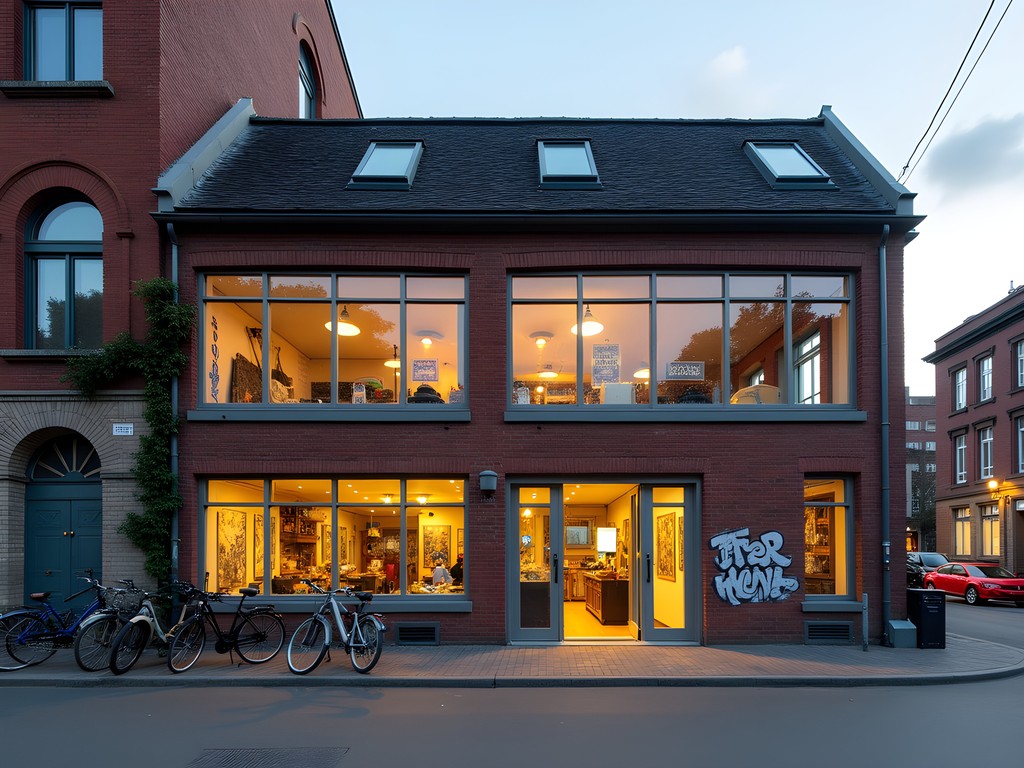
💡 Pro Tips
- Visit the Silent Green Kulturquartier, a former crematorium transformed into a cultural center with an excellent café
- The Panke River pathway offers a surprisingly peaceful urban nature walk through the district
- Check bulletin boards at Café Pförtner for underground cultural events often missed by conventional listings
Oberschöneweide: Electric History in the East
Crossing the Spree to Berlin's eastern reaches brings you to Oberschöneweide, a district that encapsulates the rise, fall, and potential rebirth of German industry. As a student of both architectural and technological history, I found this neighborhood utterly captivating during my three-day exploration last summer.
Oberschöneweide's identity was forged in the late 19th century when industrial giants like AEG and Siemens established massive electrical manufacturing complexes along the river. The imposing red-brick industrial architecture from this period dominates the riverside—most notably the former AEG cable factory, now partially converted into the HTW Berlin University of Applied Sciences.
What makes this area particularly fascinating is its layered history: from Imperial German industrial might through Nazi-era production, GDR nationalization, post-reunification collapse, and now, tentative creative revitalization. Walking these streets provides a physical timeline of German industrial history.
For students of industrial archaeology, the Industriesalon Schöneweide offers excellent context through its collection of electrical manufacturing artifacts and oral histories from former workers. The volunteer guides—many former employees of these factories—provide insights no textbook could capture.
The neighborhood's residential areas feature remarkable examples of early workers' housing, from 1890s tenements to 1920s modernist experiments. For those interested in photography, the juxtaposition of abandoned industrial structures against new creative uses offers compelling visual narratives.
During my exploration, I found my waterproof daypack essential for carrying documentation materials while navigating occasionally dusty abandoned spaces. The lightweight design proved perfect for long days of urban exploration.
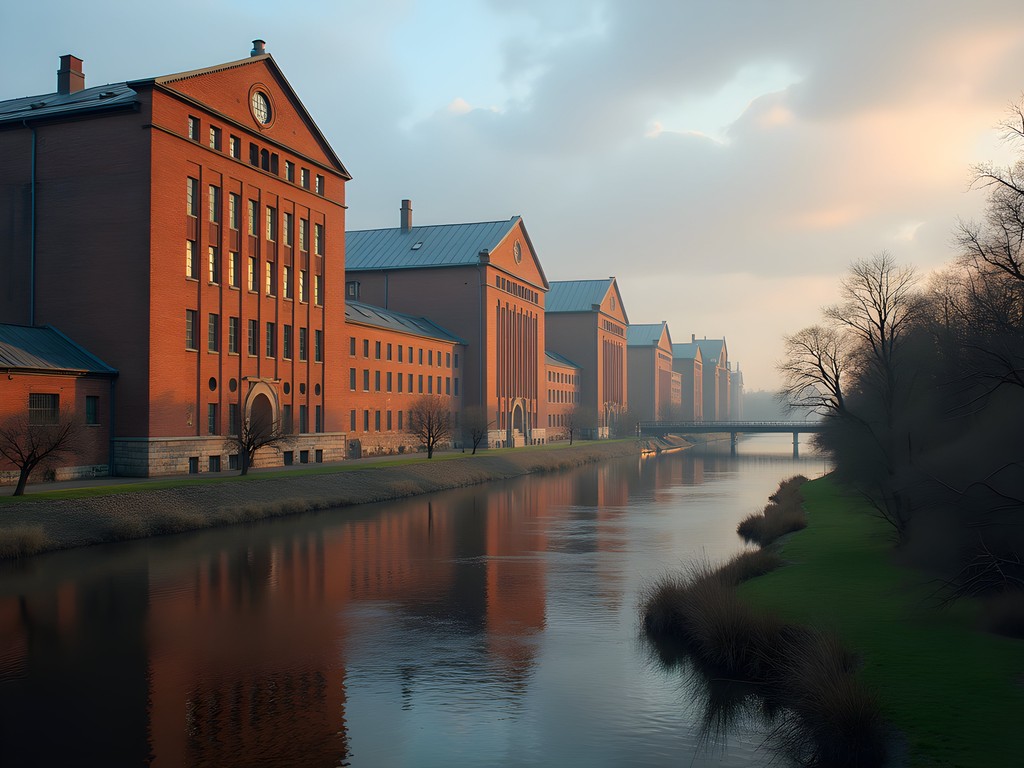
💡 Pro Tips
- Visit the Peter-Behrens-Halle to see one of Berlin's most important industrial architectural monuments
- The riverside path offers excellent views of industrial heritage buildings and unexpected wildlife
- Check the schedule for the Reinbeckhallen which hosts exhibitions on industrial culture and design
Hansaviertel: Modernist Laboratory
Nestled against the edge of the Tiergarten lies the Hansaviertel, a neighborhood that represents one of the most cohesive modernist urban planning experiments in Europe. As someone who has documented post-war architectural recovery efforts across the continent, I find this district particularly significant.
The Hansaviertel we see today emerged from the 1957 Interbau exhibition—West Berlin's architectural response to East Berlin's grand Socialist Classicism along Stalinallee (now Karl-Marx-Allee). Leading international architects including Walter Gropius, Alvar Aalto, Oscar Niemeyer, and Le Corbusier contributed residential buildings, creating a modernist manifesto in three dimensions.
During my methodical documentation of the area last summer, I was struck by how the original urban planning principles—buildings set in park-like settings with abundant light and air—continue to function remarkably well. The pedestrian experience feels entirely different from Berlin's typical dense urban blocks.
For architecture students, the Hansaviertel offers an unparalleled opportunity to study mid-century modernist principles in a concentrated area. The Akademie der Künste maintains an excellent archive of original plans and documentation that can be accessed by appointment.
Beyond architecture, the neighborhood houses the remarkable Hansabibliothek, a public library designed by Fritz Bornemann that epitomizes 1950s design sensibilities. Its original furniture and fittings remain largely intact, creating a time capsule of modernist interior design.
While exploring areas with significant architectural heritage, I recommend carrying a architecture guidebook for contextual information that enhances appreciation of these historically significant sites.
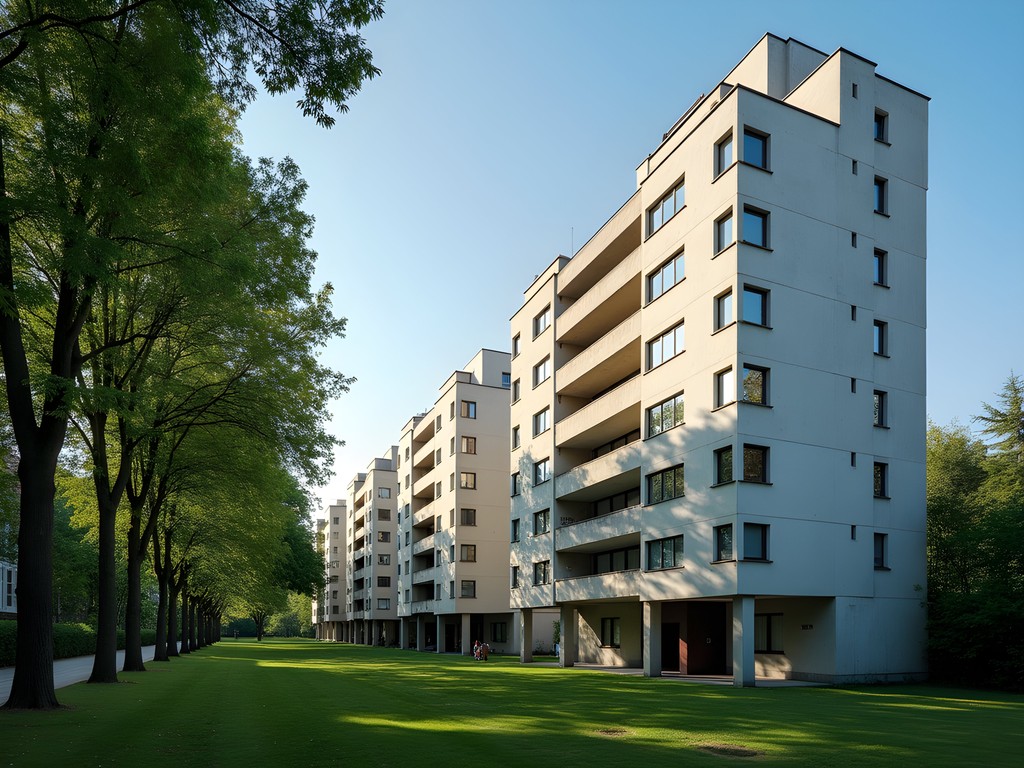
💡 Pro Tips
- The Hansaplatz U-Bahn station itself is an excellent example of 1950s transport architecture worth examining
- Visit the St. Ansgar church by Willy Kreuer and Sigrid Kressmann-Zschach for an interesting example of post-war ecclesiastical modernism
- The annual Hansaviertel Tag in September offers rare access to private apartments in the modernist buildings
Final Thoughts
Berlin reveals itself slowly to those willing to venture beyond its well-documented center. These neighborhoods—each with distinct character forged through unique historical circumstances—offer students an opportunity to understand the city as Berliners themselves experience it. My geological training has taught me that the most interesting formations often lie beneath the surface, and Berlin proves this principle applies equally to urban exploration. As you chart your own course through these lesser-known districts, remember that Berlin's contradictions are precisely what make it fascinating—a city perpetually becoming rather than being. I encourage you to document your own discoveries, as the Berlin of today continues its constant evolution. The neighborhoods I've described will inevitably transform, but their layered histories will continue to inform their futures, just as geological strata tell stories of ancient landscapes to those who know how to read them.
✨ Key Takeaways
- Berlin's most authentic experiences lie in neighborhoods tourists rarely visit
- Each district represents a unique chapter in the city's complex historical narrative
- Student travelers can experience significant cultural immersion at budget-friendly prices in these off-beat neighborhoods
- Urban exploration in Berlin rewards those willing to research historical context before visiting
📋 Practical Information
Best Time to Visit
Late spring through early autumn (May-September)
Budget Estimate
€40-60/day including accommodation in hostels or budget rentals
Recommended Duration
7-10 days to properly explore these neighborhoods alongside central attractions
Difficulty Level
Intermediate
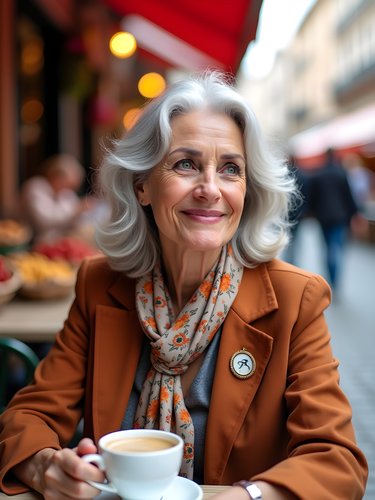
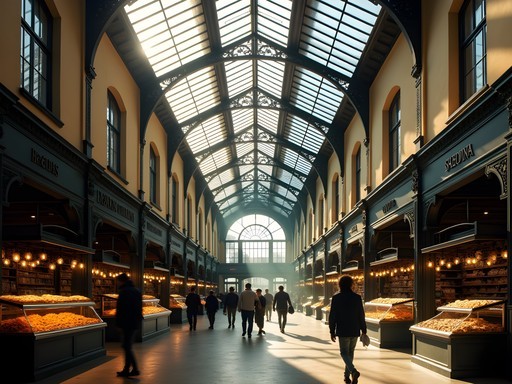
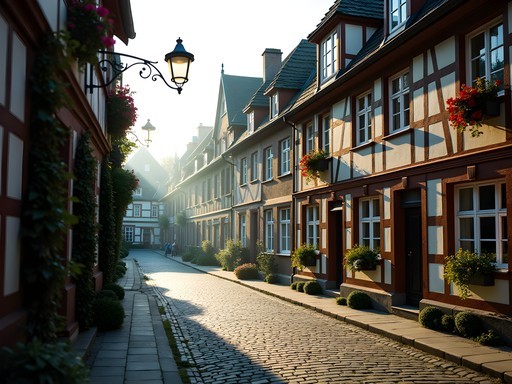
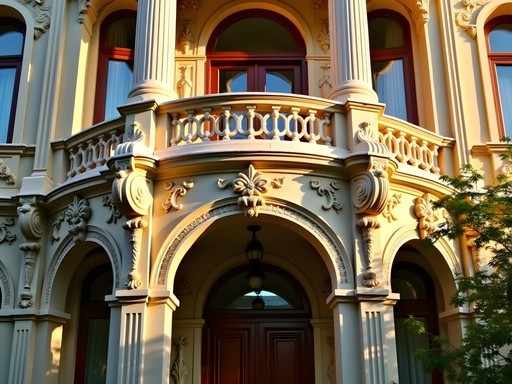













Comments
Fatima Sims
Grace, you've captured the soul of Berlin so beautifully! I lived in Moabit for 6 months during a work exchange and it completely changed how I experience cities now. There was this little corner bakery run by a Turkish family where I'd get these incredible börek pastries every morning. The mix of cultures there creates something so uniquely Berlin. One evening, I got lost wandering through the quiet streets of Westend (deliberately, I admit) and ended up being invited to a neighborhood garden party by complete strangers who became friends. That's the Berlin magic you can't find in guidebooks! Your post brought back so many wonderful memories. Berlin isn't just a city - it's a feeling.
bluelover
This is exactly the kind of experience I'm hoping for! Any specific streets in Moabit you'd recommend just wandering down?
Fatima Sims
Try the area around Arminius Market Hall, especially Bremer Straße and Waldstraße. The riverside walk along the Spree is lovely too. Just follow your curiosity!
oceanvibes
Those Rixdorf photos are stunning! Adding it to my itinerary for sure.
hikingrider
Great post! I'd also recommend checking out Weissensee if you're into urban exploration. There's an abandoned children's hospital that's hauntingly beautiful (though technically you need permission to enter). The neighborhood has this fascinating mix of old GDR buildings and new developments. I used my pocket guidebook to find some hidden gems there, but honestly just wandering around was the best way to discover the area. The Jewish cemetery there is also one of the largest in Europe and surprisingly peaceful.
oceanzone
Just got back from Berlin and wish I'd seen this earlier! We did manage to spend a day in Wedding though and it was the highlight of our trip. Had the most amazing Turkish food at this tiny family-run place called Imren Grill. The industrial-chic vibe there is so authentic, not manufactured like some of the more touristy areas. Saw some incredible street art in progress too. Definitely returning to explore more of these neighborhoods next time. Thanks for putting this together!
hikingrider
Imren Grill is legendary! Their döner is probably the best in Berlin. Did you try the ayran too?
oceanzone
Yes! Perfect with the spicy food. The owner was so friendly too, gave us recommendations for local spots.
Kimberly Murphy
Grace, this is BRILLIANT! I spent three weeks in Berlin last summer and completely fell in love with Moabit. That little café you mentioned - Arema - became my morning ritual. The owner would practice his English with me while I butchered basic German phrases! 😂 And the Sunday market at Arminiusmarkthalle is a treasure trove for foodies. I'd add Schillerkiez to your list too - the views from Tempelhofer Feld at sunset are absolutely magical. Berlin really does reward those who venture beyond Mitte and Kreuzberg!
bluelover
This is exactly what I've been looking for! Heading to Berlin next month and wanted to escape the tourist traps. How's public transport to Moabit and Wedding? Easy to navigate for non-German speakers?
Kimberly Murphy
The U-Bahn and S-Bahn are super easy to navigate! Most stations have English signage and Google Maps works brilliantly. I spent a week hopping between these neighborhoods without any issues. Get a weekly pass - much better value than daily tickets!
bluelover
Thanks Kimberly! Weekly pass sounds perfect.
roampro
That shot of the old brewery in Wedding is fantastic! I was there last month and the whole area has such a cool industrial-meets-artistic vibe. Found an amazing little Vietnamese place tucked away in a courtyard off Gerichtstraße. Berlin really does reward those who wander off the main streets.
Kimberly Murphy
Grace, you've absolutely nailed what makes Berlin special! I spent a month there last year working remotely and deliberately chose to stay in Moabit. What a revelation! The Arminius Markthalle became my second home - that mix of traditional food stalls and modern eateries is peak Berlin. I'd add that Westend's proximity to Grunewald forest makes for a brilliant urban-nature contrast too. One morning I went from admiring Bauhaus architecture to wild swimming in Teufelssee within an hour! For anyone visiting, Berlin's neighborhoods really reward slow travel - rent a bike and just wander. The city has this wonderful way of revealing little treasures when you least expect it.
islandpro
Wild swimming in Berlin? That sounds amazing! Adding that to my list for summer.
adventurestar
If you're heading to Wedding, check out Café Pförtner - it's inside an old bus in a converted factory. Such a Berlin vibe and the food is amazing! Got there using my Berlin WelcomeCard which made getting around these outer neighborhoods super easy.
redway
Just got back from Berlin and wish I'd seen this sooner! The touristy areas were so crowded.
Venture X
Premium card with 2X miles, $300 travel credit, Priority Pass